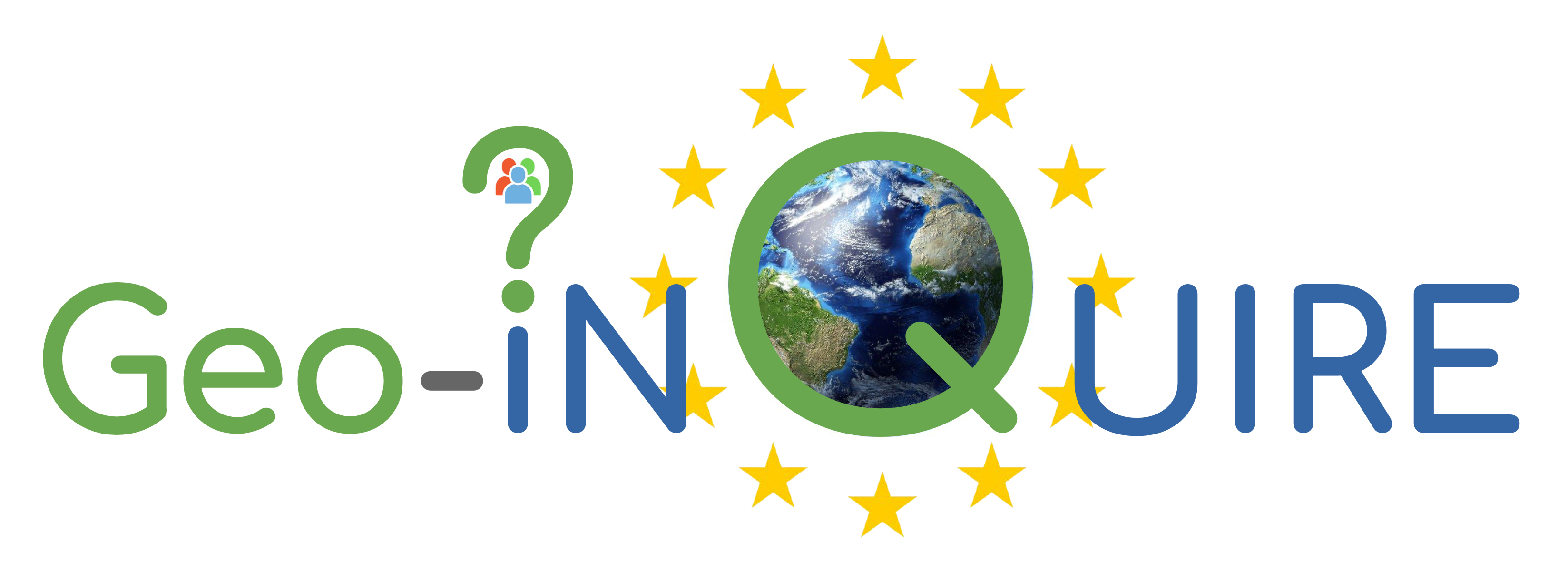PITOP Borehole Geophysical Test Site
Host Institution:
Istituto Nazionale di Oceanografia e di Geofisica Sperimentale (OGS), Italy
Description:
The site was designed and developed with the aim of providing a facility for the study and testing of geophysical methods, technologies, and well/surface tools under realistic conditions.
The site is equipped with permanent laboratories for the acquisition of geophysical data and provides four wells of dif-ferent depths (max. 450 m) and different diameters. The wells are cemented, two at the bottom-hole and two up to 250 m with a further 150 - 180 m of uncovered hole. One of the wells offers the possibility of being further drilled, offering the possibility of performing seismic while drilling (SWD) experiments. Two wells are equipped with permanent sensors (geophones and DAS (Distributed Acoustic Sensing)), cemented in the casing, for geophysical measurements. Buried in a trench about 50 cm deep, two orthogonal lines of fiber optic cables (DAS) were deployed to test this innovative technology in seismic data acquisitions.
There are sensors in well for measuring gases (CO2 and radon) and a piezometer for measuring the height of the water table and other environmental parameters, including electrolytes. The data comply with the FAIR data policy (Findable Accessible Interoperable Reusable), being available and downloadable online at https://pitop.ogs.it.
A weather station has been installed and its data will soon be available online.
Thanks to the opportunity offered by the PNRR (National Recovery and Resilience Plan), PITOP will be further enhanced with the purchase of new equipment. DAS fiber optic cables and their new generation interrogator were purchased, which will allow the acquisition of seismic data with a better signal/noise ratio, high sensitivity, and high spatial sensor density.
A new wireless system for electrical tomography at great depths was purchased: the 3D wireless IRIS Instruments Full Waver, which will make it possible to obtain highly reliable images. Furthermore, an array of electrodes will be cemented in a planned new well 250 m deep, and another array will be used for investigations up to 450 m, making surface-to-well and cross-hole investigations possible between wells.
Areas of Research:
Geology/Geophysics, Mechanics/Geomechanics, Monitoring, Modelling
STORAGE technologies: Pressure/injection, Migration, Caprock/well integrity, Microseismicity, Static modelling, Dynamic modelling, Monitoring
Target community/Users:
scientific and industrial communities
Further information:
- https://www.eccsel.org/catalogue/126
- https://pitop.ogs.it
- 7th Geo-INQUIRE online Seminar: ECCSEL ERIC, a European Research Infrastructure for CO2 Capture, Utilisation, Transport and Storage (CCUS) by Valentina Volpi, Andrea Travan and Cinzia Bellezza (OGS, Italy)
Contact person:
primary contact: Andrea Schleifer aschleiferinogs.it
secondary contact: Cinzia De Vittor cdevittorinogs.it
